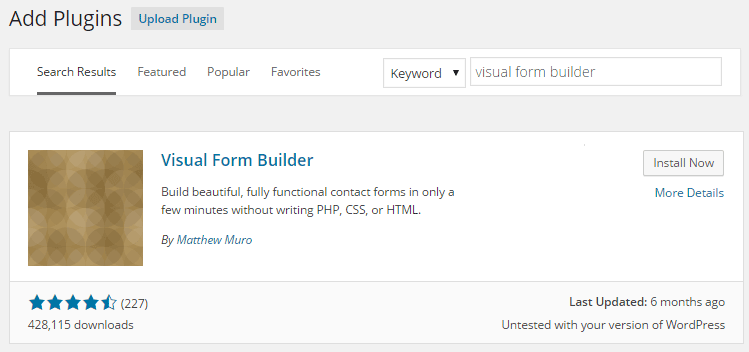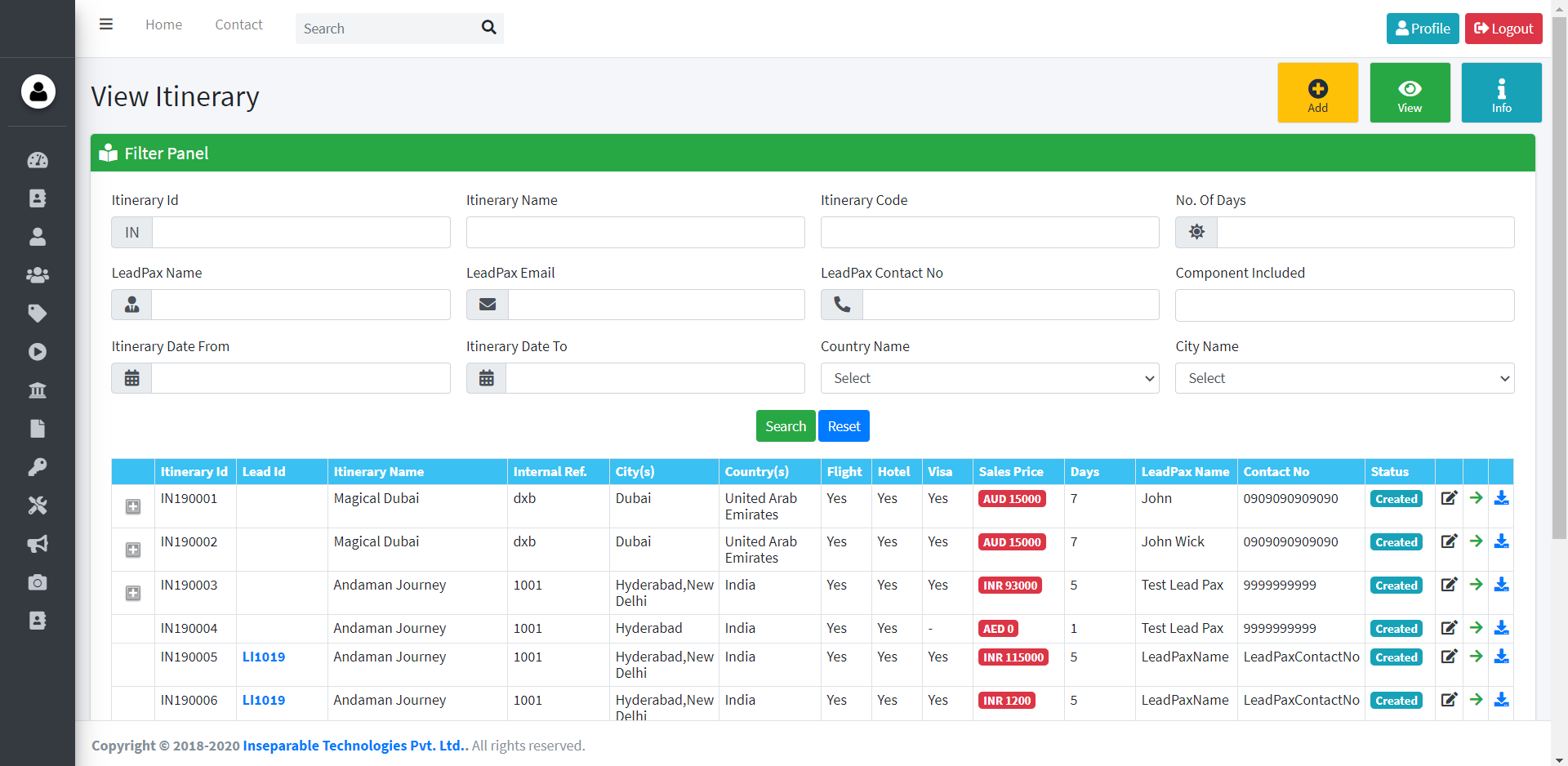
The same thing happens when you use multiple step forms. Besides, the child’s quite fun to be around with!” And also, you’ll start to think, “I’ve done a couple of hours before, a few more hours is not much of a chore. What if a few days after the 1-hour babysitting, your friend asks you to look after the child again for a couple of hours? Then the next week the whole afternoon? When it plays out like this, you’ve had the chance to get used to the task. But if he asks that you look after the child for a whole afternoon, then you’ll start to rethink the friendship.

If your friend asks you to look after his child for 1 hour, that’s no biggie. It’s easier for a person to agree to a small ask. And when you add in some multi-step UX principles as well, the task is easier, too. Multi step forms are mobile-friendlyĭon’t you hate it when you’re on mobile and you get to a page with a form that has a lot of fields to fill out? With that small device and the even smaller keyboard, the task can quickly get daunting.īut when you break the form into different pages, it becomes less overwhelming.

But based on our tests, forcing a person to think of only one thing or category at a time, reduces friction and does wonders in getting him to finish the task. Won’t many pages give the feeling that a lot of work is involved? It then gets the impression that it’s easy to finish the task. Work.īut when you split the questions into multiple pages, each page focusing on only one category, then the brain focuses on only one task at a time. Give a person a form with lots of details to fill out and the thought alone of doing it scares him away. If there’s something less demanding, that’s where the brain likes to hang out.Īnd guess what? Filling out forms is not easy for most people. But it’s not too keen on spending too much of its resources at any given time. Doing (or thinking of) too many things at the same time bears too much load on the brain. So let’s have a look at what happens to your visitors’ psychology when you change one-page forms to multi-step forms. It minimizes the “hostility” attached to forms by making it pain-free. They make it easy for a person to understand and fill out the form. That’s why multi step forms are so effective. And when something is easy to do, people tend to agree more to doing it. When something is easy to understand, people give it more attention. Make it easy for him to take the action you want him to take. Make it easy for him to know what you offer. You’ve read a lot of tactics, hacks and strategies to increase conversions.īut if there’s one overarching theme in all these best practices, it is this: Make your pages easy for every person who lands on that page. WordPress plugins with a multi step form capability.Best practices for building multiple step forms.
Web form builder multiple pages how to#
Today we’re going to talk about how to build a multi-step form. For example, when we did this to Empire Flippers’ valuation form, their leads increased by 51.6% in only a few weeks ( read the case study here).ĭo you want to know exactly how to do this? Buckle your seatbelts. We’ve done this so many times we know it works. Convert your one-page forms into multiple pages.Īnd you’ll most likely see an uptick in visitors completing the form. There are many things you can change on web forms that affect how people perceive them. Doing this almost always leads to an increase in conversions.

Displaying trust signals at the point of purchaseīut one of my favorite places to start is optimizing a web form.Adding testimonials on product pages, or.Optimizing the value proposition of the landing page.Start with a page that has the promise of big gains but only needs a few little tweaks. Are you unsure of what to test first to increase conversions?


 0 kommentar(er)
0 kommentar(er)
